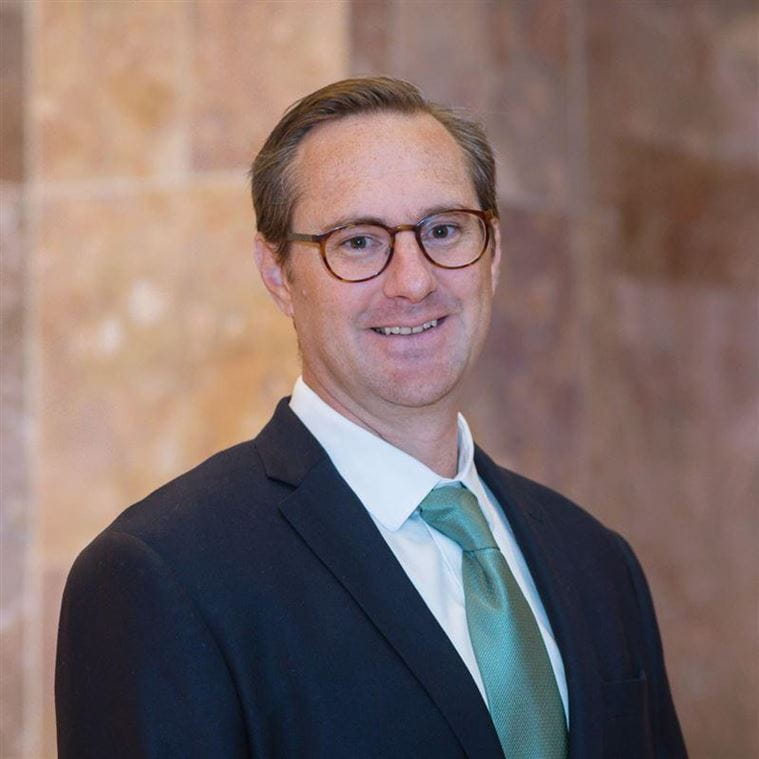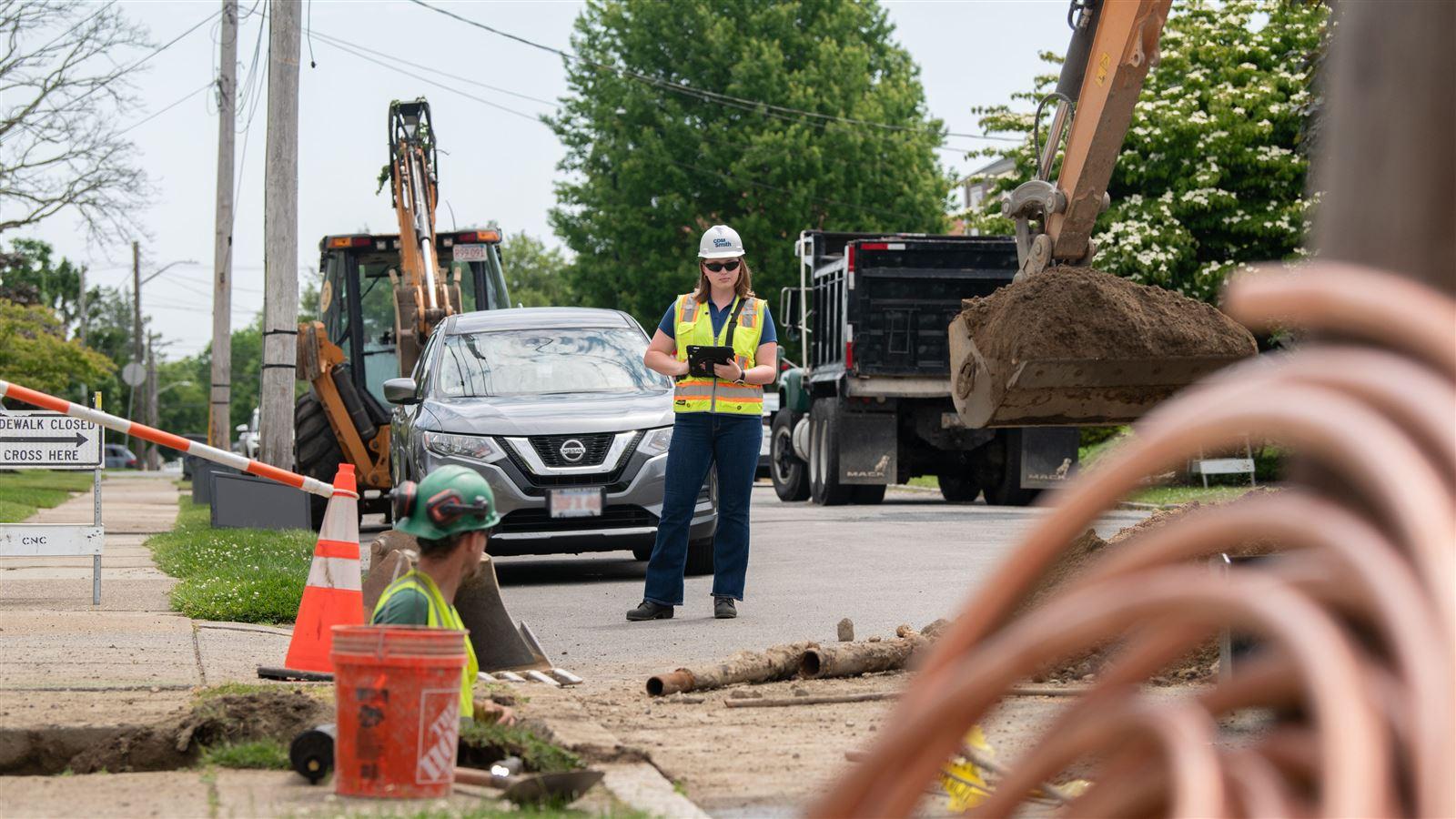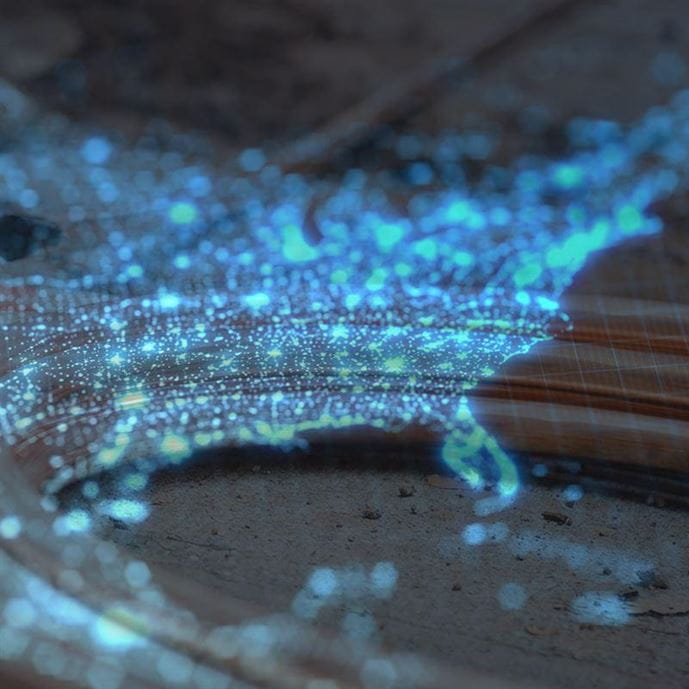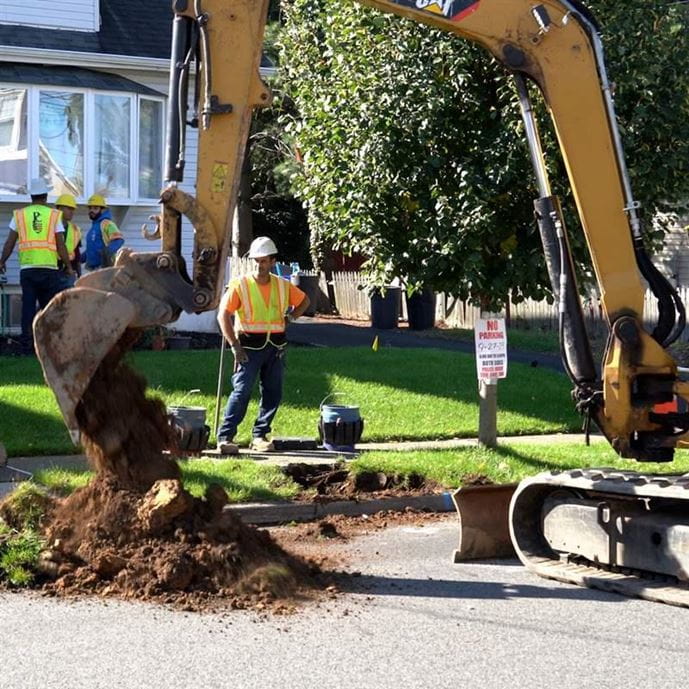Challenges to the LCRI: What do they mean for you?
The Lead and Copper Rule Improvements (LCRI) was finalized by the Biden administration in October 2024. These improvements require lead service lines (LSLs) in the U.S. to be replaced in 10 years to reduce public health risks. Under the new Trump administration, there is a possibility the LCRI could be changed or repealed.
If the LCRI is repealed, the previous rule, the Lead and Copper Rule Revisions (LCRR), would take effect, possibly with delayed deadlines to prevent most utilities from immediately being out of compliance. Potential changes to the requirements could cause uncertainty and disrupt the significant planning and budgeting for lead service line replacements (LSLRs) that utilities were conducting for the LCRI. The LCRR had a compliance date of October 16, 2024, while the LCRI is set for November 1, 2027.
congressional action to rescind lcri
The Trump administration could try to rescind or change the LCRI as it did with other environmental regulations. But these changes face legal hurdles under the Administrative Procedure Act (APA), which requires evidence, public commenting periods, and defending legal challenges. Congress could also use the Congressional Review Act (CRA) to repeal recent regulations, including the LCRI, with approval by a simple majority in both the house and senate and signing by the president. The CRA has a 60 day “lookback” period for rules that are eligible for congressional review, and the final LCRI could be included in this period. The 60 days are “congressional days,” meaning days when congress was in session, so this shifts the window back to early August 2024, well before the Final LCRI was published at the end of October 2024.
awwa petition for review
A coalition of 11 state attorneys general is defending the LCRI in court after the American Water Works Association (AWWA) filed a legal challenge against the rule. AWWA believes the high cost, estimated to be over $100 billion, is too much for water systems and could lead to higher water bills for households. They are also concerned with the requirement to replace LSLs on private property, arguing that having access to these lines doesn't mean they control them. Additionally, the 10-year deadline for replacements seems to be unrealistic due to the potential for worker shortages and other logistical challenges. The coalition of state attorneys general is currently working to support the rule and stand by its importance to protect public health and reduce lead in drinking water exposure.
what steps should utilities take right now?
First, you should understand which of your communications materials and plans currently comply with the LCRR and review the LCRR checklist. Next, figure out what actions you have completed, and what you would need to do if the LCRI is overturned and the LCRR goes into effect. Likely the greatest risks of non-compliance will be associated with getting into compliance with the updated sampling pool requirements and protocols, as well as starting school and childcare sampling. Water systems will also need to start implementing disturbance requirements and submit an LSLR Plan.
If we go back to the LCRR, what are some of the major LCRR requirements?
Lead service line replacements
- Full replacements are required if lead levels exceed the trigger level (10 ppb) or the action level (15 ppb). A 3% annual full replacement rate applies at the action level. LSL and galvanized requiring replacements are not required if lead levels remain below the trigger level, except when performing planned infrastructure work or when a customer replaces their portion.
- Prior to any planned utility-side lead replacement, such as with a water main replacement, the water system must offer to replace the customer-side if it is lead or galvanized at the same time. After a good faith effort, if the customer refuses, the water system may proceed with the partial utility-side replacement providing flushing instructions, a pitcher filter and an offer to sample three to six months after the replacement to each unit served by the water line.
- If a customer replaces a lead or galvanized service line, the water system is required to replace the portion they own if lead within 45 days of being notified.
- Goosenecks must be replaced when they are found.
Inventory and disturbances
- Water systems will need to update their inventories annually, starting in October 2024, and notify customers about lead, galvanized requiring replacement (GRR), and unknown service lines.
- Unknowns will not have a strict timeline for identification, and validation will not be required, like in the LCRI.
- A major disturbance requires flushing information, a pitcher filter and an offer to sample three to six months after the disturbance.
Sampling and monitoring
- Uses 5th-liter samples for lead at LSLs and 1st liter samples for lead at copper and galvanized sites.
- Sample tiers will change from the LCR, and a new sampling plan will need to be submitted with material verifications at all sample sites (including interior plumbing if applicable). Utilities with lead, galvanized lines and unknown service lines will likely go back on standard monitoring.
- The action level remains at 15 ppb, and the trigger level of 10 ppb becomes effective.
- A system that exceeds the lead trigger level, but not the lead and copper action levels, during two consecutive 6-month tap sampling monitoring periods, must monitor annually at the standard number of sites for both lead and copper.
- Requires providing any results that exceed the action level (15ppb), including compliance, post-replacement and customer requested sampling within three (3) calendar days. All other sample results would be within 30 days.
- If the trigger level (10ppb) is exceeded, the water system must notify persons served with LSLs, GRRs or unknown service lines with information about the LSL replacement program and opportunities for replacement within 30 days.
- Water systems will need to sample for lead at 20% of elementary schools and childcare facilities each year for 5 years. Prior results from other school sampling programs may not qualify for a waiver. Systems need to notify all schools and childcares annually with public education and information about the sampling program.
- The Find and Fix procedures will likely go into effect sooner requiring follow-up sampling with each individual sample over 15 ppb.

It’s critical to work closely with our clients at every step of the replacement process to make sure we are delivering what they need.

I'm inspired by people and projects that make a real, beneficial impact on public health and the environment.








